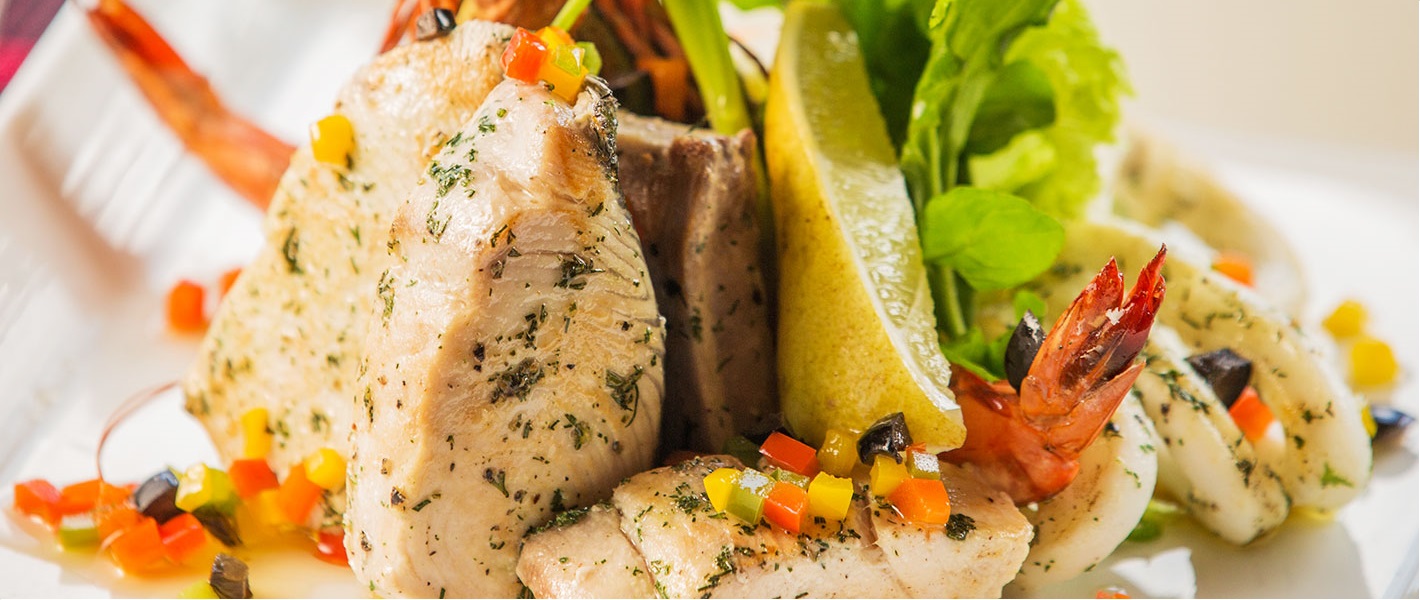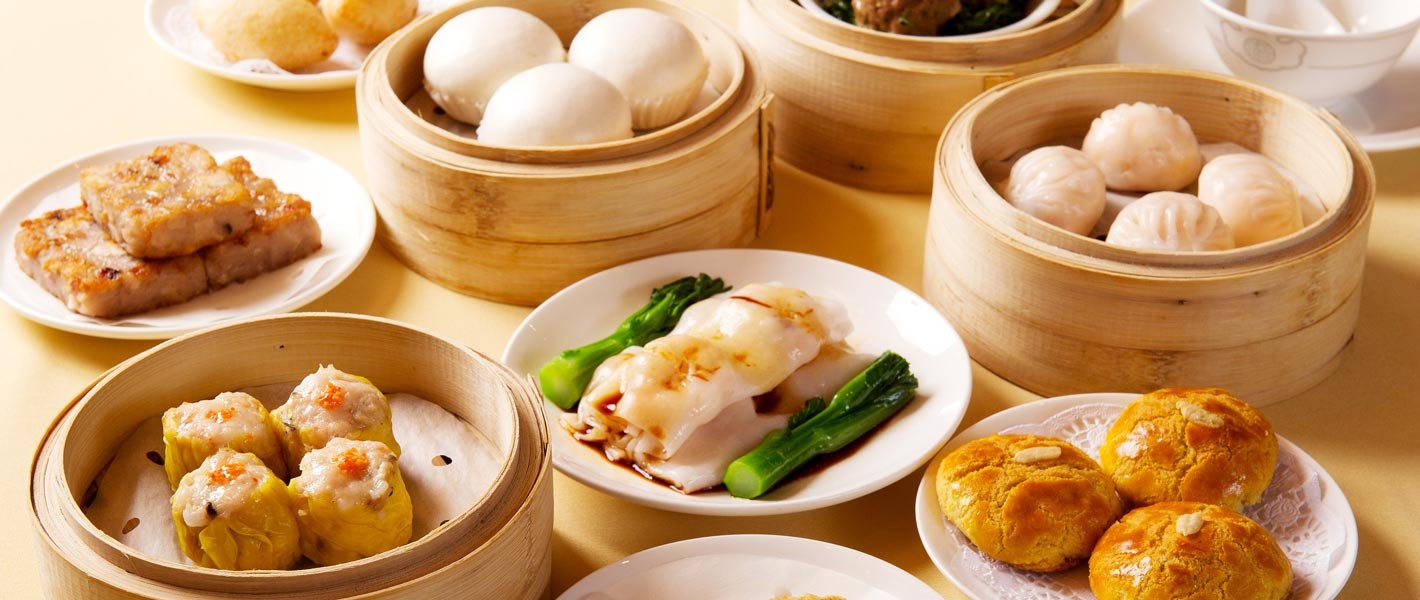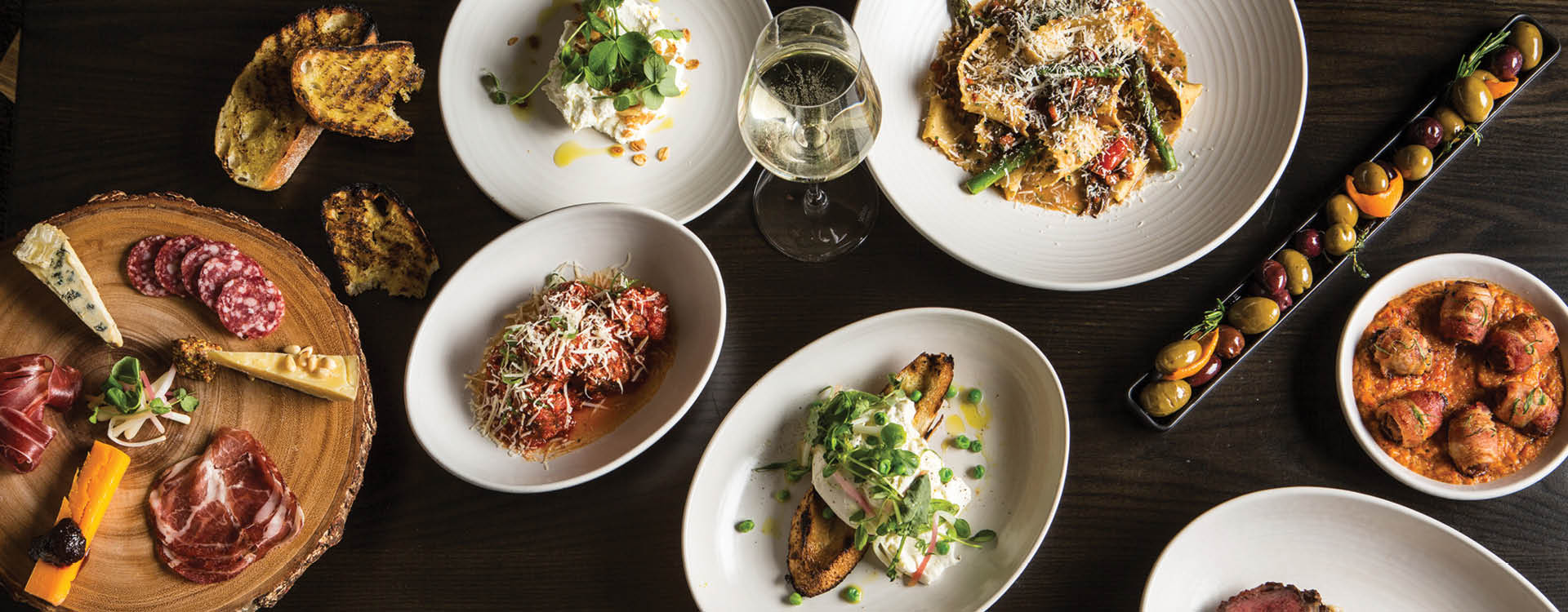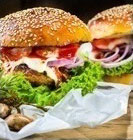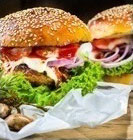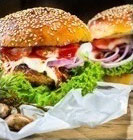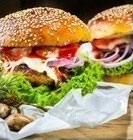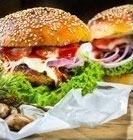Kung Pao Chicken
The name of Kung Pao chicken comes from a court official Ding Baozhen in Qing dynasty. The official Ding is a foodie who especially loves stir-fried diced chicken.
During the time of being served as governor in Sichuan province of south-western China, he frequently treats his guest with this dish and add dried chili peppers because People in Sichuan loves to eat hot chili. Later on, he is granted the title Taizi Shaobao (太子少保) also known as Kung Pao, which means the protector of the crown price. People name this dish after him to memory him.
In China, chefs usually use chicken thighs to make this dish rather than boneless chicken breasts. The meat of thighs is tenderer but requires more about the cutting skills.
The original Sichuan version uses chicken as its primary ingredient. In this original version, diced chicken is typically mixed with a prepared marinade. Shaoxing wine is used to enhance flavor in the marinade. The wok is seasoned and then chili peppers and Sichuan peppercorns are flash-fried to add fragrance to the oil. In Sichuan, or when preparing Sichuan-style Kung Pao chicken, only Sichuan-style chili peppers such as facing heaven pepper or seven stars pepper (Chinese: 七星椒; pinyin: qīxīngjiāo) are used. Smaller, thinner Sichuanese varieties may also be used. Sichuan peppercorns are then added; while Kung Pao chicken does not belong to the numbing-spicy "mala" flavor profile (Chinese: 麻辣味型), a small amount of fresh toasted peppercorns are traditionally used to balance the heat of the chilis. Then the chicken is stir-fried and chopped leeks, along with peanuts, are added. Kung Pao chicken starts off with fresh, moist, unroasted peanuts. These are often used instead of their pre-roasted versions. The peanuts are dropped into the hot oil at the bottom of the wok, then deep-fried until golden brown before the other ingredients are added.
Read moreIngredients
2 chicken legs, cut into small cubes ( or chicken breast)
½ cup of fried peanuts (or salt baked ones)
2 leek onion (only white part), cut into small section.
6~8 dried chili peppers (change the amount according how hot you wish it to be)
3 tablespoons cooking oil
1 teaspoon whole Sichuan peppercorn ( or you can use Sichuan peppercorn powder )
1 tablespoon Chinese chili oil
pinch of salt
Marinating
a small pinch of salt
2 tsp. dark soy sauce (for coloring)
1 tbsp.cooking wine (Chinese Shaoxing wine)
2 tsp. cornstarch
Mixed Sauce
½ tablespoon dark soy sauce
1 tablespoon light soy sauce
a small pinch of salt (around 1/3 tsp.)
1 inch ginger grated
1 tablespoon chopped green onion
2 garlic cloves, finely chopped
2 tsp.cornstarch
1 tablespoon rice wine vinegar
2 tablespoons water
2 teaspoon sugar
How to cook
START BY ROASTING THE PEANUTS:
Heat a teaspoon of oil in a wok over medium heat and add a cup of raw shelled peanuts. Stir constantly (or they’ll burn) for 3 minutes. Turn off the heat and stir for another minute using the residual heat in the wok.
Set aside to cool. They will turn crunchy once they’re cooled completely.
Alternatively, you could skip this step and simply use shelled roasted peanuts!
MARINATE THE CHICKEN:
Combine the chicken with 1 teaspoon each of oil, cornstarch, and Shaoxing wine, 1/8 teaspoon salt, and a pinch of white pepper. Set aside to marinate for 20 minutes.
PREPARE THE SAUCE:
Mix together light soy sauce, dark soy sauce, rice wine vinegar, sugar, water, and cornstarch, and set aside.
TO COOK KUNG PAO CHICKEN:
Heat 2 tablespoons oil in a wok over high heat. Sear the chicken, remove from the wok to a bowl, and set aside.
Turn the heat to low and add another tablespoon oil. Add the garlic, ginger, chilies, Sichuan peppercorn powder, and scallions. Cook for a minute or two until fragrant.
Add the chicken back to the wok. Turn up the heat to high and stir-fry for a minute.
Then stir up your prepared sauce (the cornstarch will have settled to the bottom, so make sure it’s well incorporated).
Add the sauce to the wok and stir-fry for another minute. The sauce should thicken very quickly. And finally add the peanuts.






